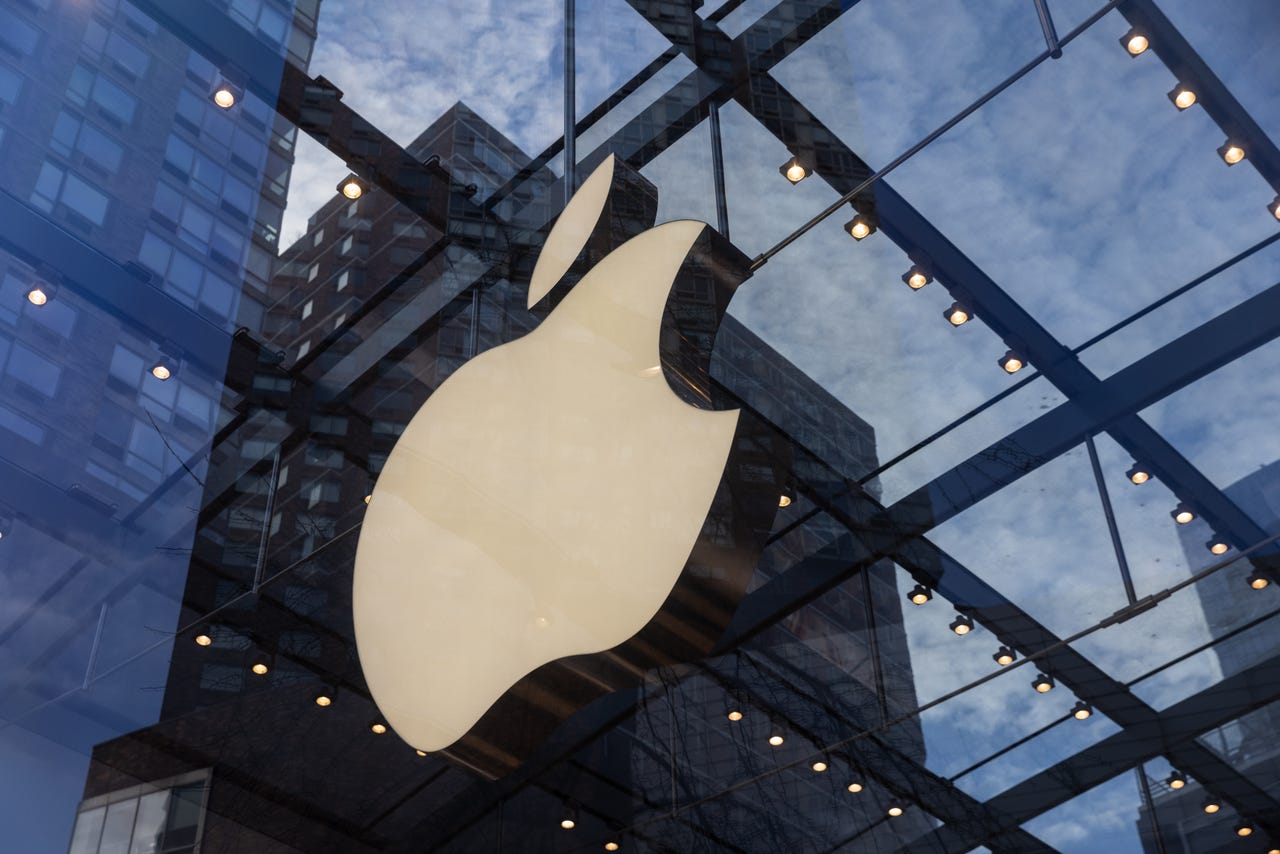
































The world is watching to see what Apple will do to counter the dominance of Microsoft and Google in generative AI. Most assume the tech giant's innovations will take the form of neural nets on the iPhone and other Apple devices. Small clues are popping up here and there hinting at what Apple is working on.
Also: How Apple's AI advances could make or break the iPhone 16
Apple last week introduced OpenELM, an "embedded" large language model (LLM) that runs on mobile devices and essentially mashes together the breakthroughs of several research institutions, including Google's deep learning scholars and academics at Stanford and elsewhere.
All of OpenELM's code is posted on GitHub, along with various documentation for its training approach. Apple has also detailed its work in a paper by Sachin Mehta and team, "OpenELM: An Efficient Language Model Family with Open-source Training and Inference Framework", posted on the arXiv pre-print server.
Apple's researchers used a neural net with just 1.3 billion neural weights, or, parameters, suggesting the company is focusing on mobile devices. That number is far below the hundreds of billions of parameters used by models such as OpenAI's GPT-4 and Google's Gemini. More parameters directly increases the amount of memory required -- a smaller neural net could fit into a mobile device more easily.
OpenELM would be rather unremarkable without a key contribution: efficiency. The researchers adjust the layers of the deep neural network so that the AI model is more efficient than earlier models in how much data needs to be computed when training the neural network. Specifically, they can meet or beat the results of a slew of neural nets for mobile computing "while requiring 2
 Etiquetas calientes:
innovación
Etiquetas calientes:
innovación